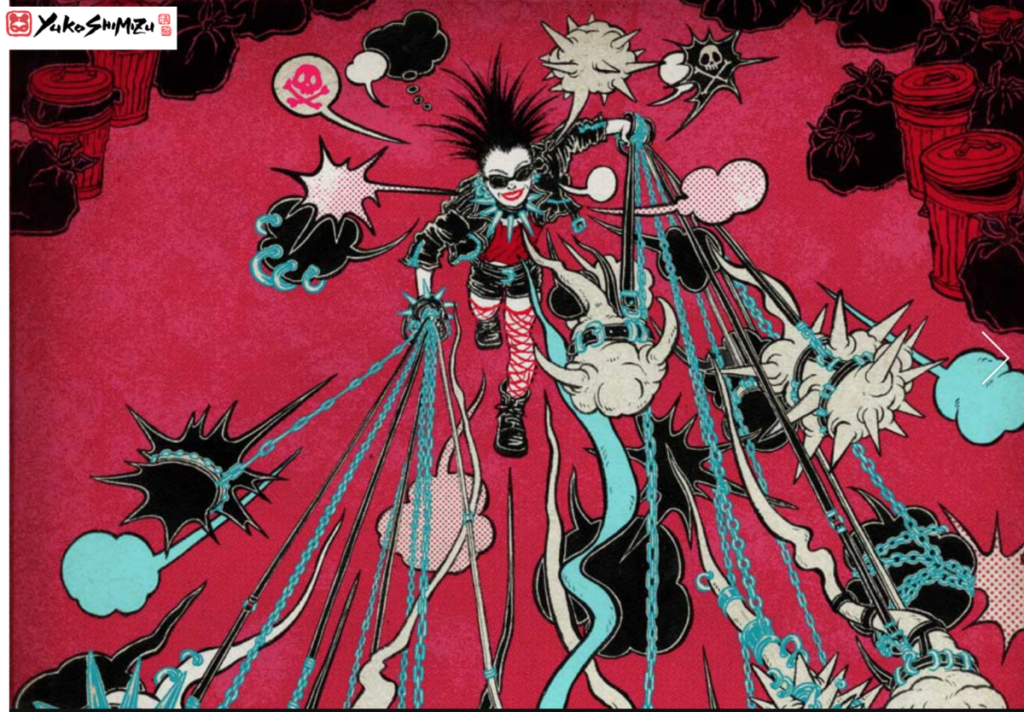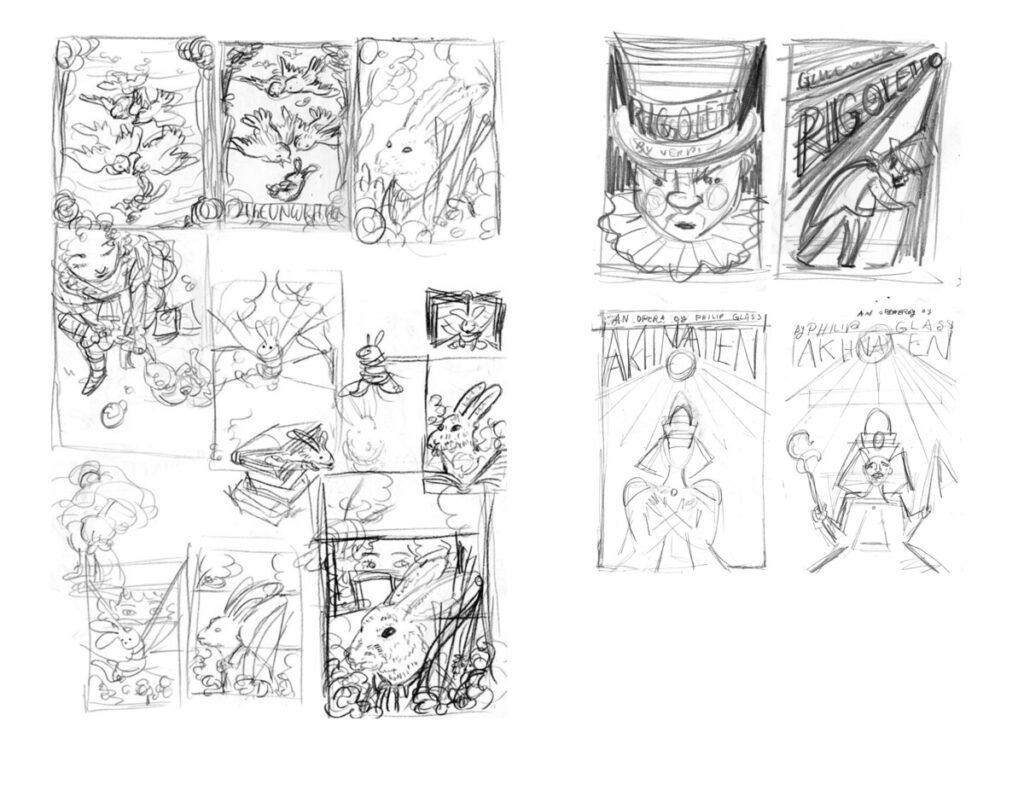Class Info
- Date: Friday, September 9, 2:30-5:50 pm
To-Do Before Class
- Assignment 1, Part 1
- Reading Week 1 : Why You Should Keep a Sketchbook and How to Get Started
- Sketchbook Exercise Week 1 : Meet the Artist
- Purchase Art Supplies from the syllabus
- Bring your sketchbook and drawing supplies
Topic
ILLUSTRATION PRACTICES: PROCESS & WORKFLOW
Activities
Warm Up Drawing
- Window Views

top right: Pierre Bonnard, French Window with Dog, 1927
bottom left: Utagawa Hiroshige final masterpiece, a series known as ‘One Hundred Famous Views of Edo, 1858
bottom right: Katherine Lam, untitled, 2020
Discussion
Sketchbook
- Let’s share our Meet the Artist
Lecture 1
Conversation between Soojin Buzelli and Jon Han
ILLUSTRATION PROCESS
- The importance of multiple solutions.
- Personal Vision
- Thumbnails: How to and how many is too many?
Review thumbnail drawings and concepts for Assignment 1, Part 1
Due Next Week
- Assignment 1 , Part 2 due next week
- Sketchbook Exercise Week 2 : Windows continued
- Reading






Recent Comments